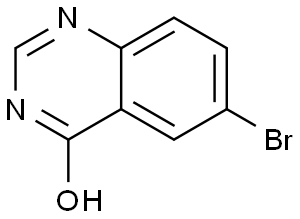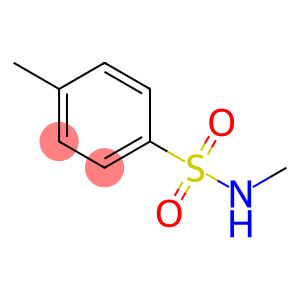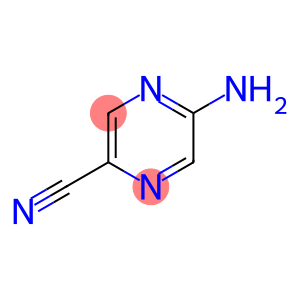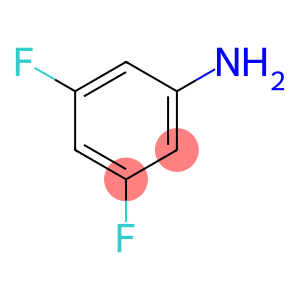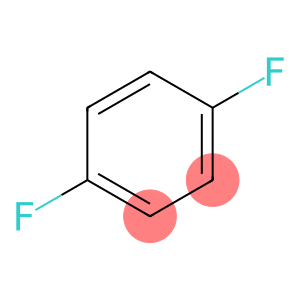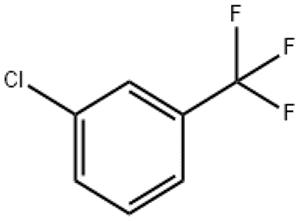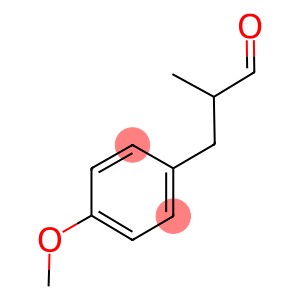6-Bromo-4(3H)-quinazolinone(CAS#32084-59-6)
| Risk Codes | R22 – Harmful if swallowed R37/38 – Irritating to respiratory system and skin. R41 – Risk of serious damage to eyes |
| Safety Description | S26 – In case of contact with eyes, rinse immediately with plenty of water and seek medical advice. S39 – Wear eye / face protection. |
| Hazard Note | Irritant |
Introduction
6-Bromo-4(3H)-quinazolinone is an organic compound with the chemical formula C8H5BrN2O. The following is a description of its nature, use, preparation and safety information:
Nature:
-Appearance: 6-Bromo-4(3H)-quinazolinone is a solid compound, usually light yellow to yellow crystals.
-Melting point: Its melting point is about 230-234°C.
-Solubility: Soluble in common organic solvents (such as alcohol, ether and benzene), slightly soluble in water.
Use:
-Drug research: 6-Bromo-4(3H)-quinazolinone is an intermediate compound commonly used in drug research. It plays a key role in the synthesis of biologically active compounds or drugs.
-Pesticide research: It can also be used for pesticide development and research.
Method:
The preparation method of 6-Bromo-4(3H)-quinazolinone can be obtained by reacting quinazolinone with brominated hydrocarbon. The specific steps may vary depending on the reaction conditions, but are generally carried out under alkaline conditions, and the target product is obtained by extraction, crystallization, etc.
Safety Information:
6-Bromo-4(3H)-quinazolinone is generally considered to be a relatively safe compound. However, it still needs to be handled properly. It is recommended to wear personal protective equipment such as lab gloves, goggles and lab coats during operation. In addition, avoid contact with eyes, skin and taking. When using or handling the compound, please follow the relevant safe working methods and regulations.


